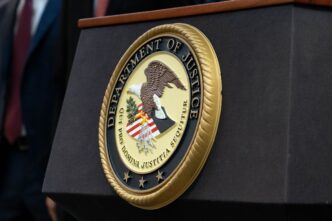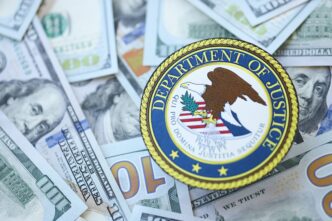An estimated 1 in 31 children in the United States have autism, according to a recent report from the U.S. Centers for Disease Control and Prevention (CDC). This statistic reflects another increase in autism diagnoses, based on data collected from 14 states and Puerto Rico in 2022. The previous estimate, recorded in 2020, was 1 in 36. The data indicates that boys are diagnosed with autism more frequently than girls, with the highest rates of diagnosis observed among Asian/Pacific Islander, American Indian/Alaska Native, and Black children. The CDC’s findings, considered the most rigorous in the field, derive from assessments of health and school records of 8-year-olds, as most autism cases are identified by this age.
Autism is a developmental disability characterized by differences in brain function, leading to a variety of symptoms. These symptoms often overlap with other conditions and can include language and learning delays, social and emotional challenges, and a strong preference for routines. Historically, autism diagnoses were reserved for children with significant communication or socialization issues and repetitive behaviors. However, since the early 1990s, the definition of autism has expanded to include milder forms now collectively referred to as “autism spectrum disorders.” This reclassification has contributed to the rising number of diagnoses, which increased from 1 in 150 children in the early 2000s to 1 in 36 by 2020.
The primary reason for the increase in autism numbers is attributed to improved case recognition through widespread screening and enhanced diagnostic techniques. Autism is diagnosed based on behavioral assessments without the aid of biological tests. This has led to a significant expansion in autism-related treatments and services for children. Despite early studies ruling out childhood vaccines as a cause of autism, ongoing research explores other potential factors, including genetics, parental age, maternal health, and environmental exposures. Some experts suggest a combination of biological predisposition and environmental triggers could be involved.
There remains a persistent focus on vaccines in discussions about autism, particularly by figures such as Health Secretary Robert F. Kennedy Jr., who has announced a large-scale testing and research initiative involving global scientists to identify autism causes within six months. The initiative aims to eliminate identified exposures, though past studies, including those involving the CDC, have not found links between vaccines and autism. The announcement follows Kennedy’s hiring of David Geier, a controversial figure previously associated with claims of vaccine-related autism.
Understanding the Impact
The rising autism diagnosis rates underscore the importance of awareness and resource allocation for affected families and communities. Improved diagnostic practices mean more children receive the support and interventions they need, potentially enhancing their quality of life and integration into society. However, this increase also places additional demands on healthcare and educational systems, necessitating more trained professionals and specialized services.
The expanded definition of autism and the growing number of diagnoses can influence public perception and policy-making. It may prompt further research into the causes of autism, encouraging collaboration between scientists, healthcare providers, and policymakers. Additionally, as more families navigate autism diagnoses, there may be greater advocacy for support services and inclusive policies. The focus on identifying environmental and genetic factors could lead to better preventive measures and tailored interventions, ultimately benefiting individuals with autism and their communities.






